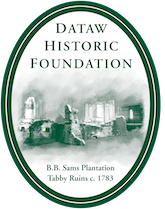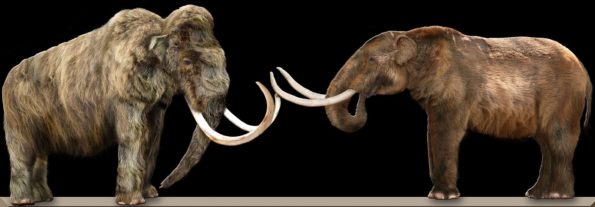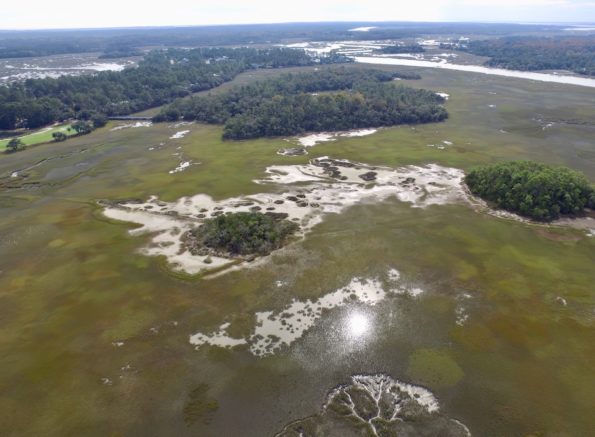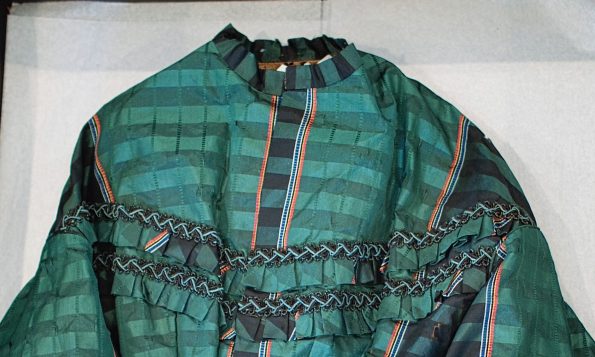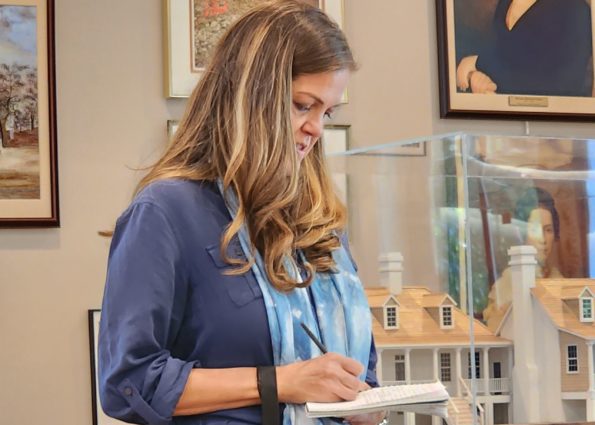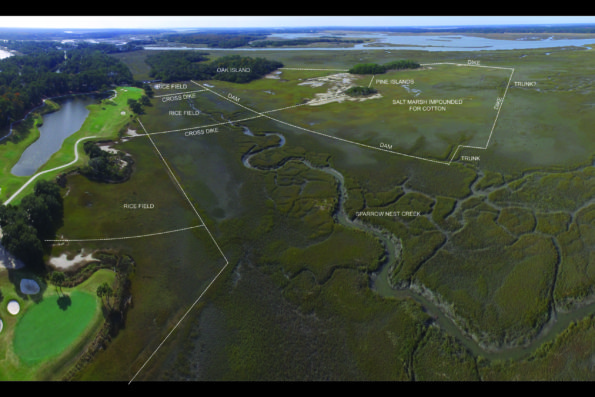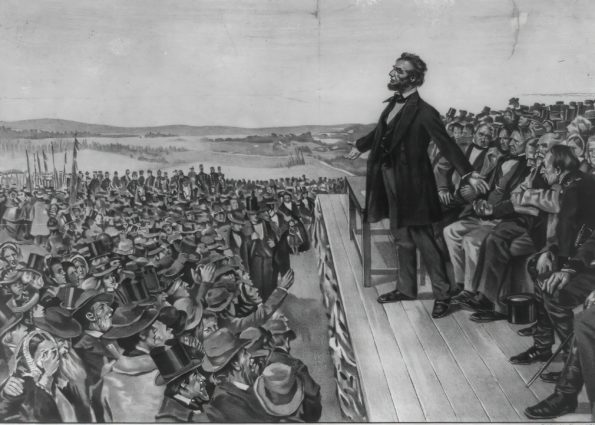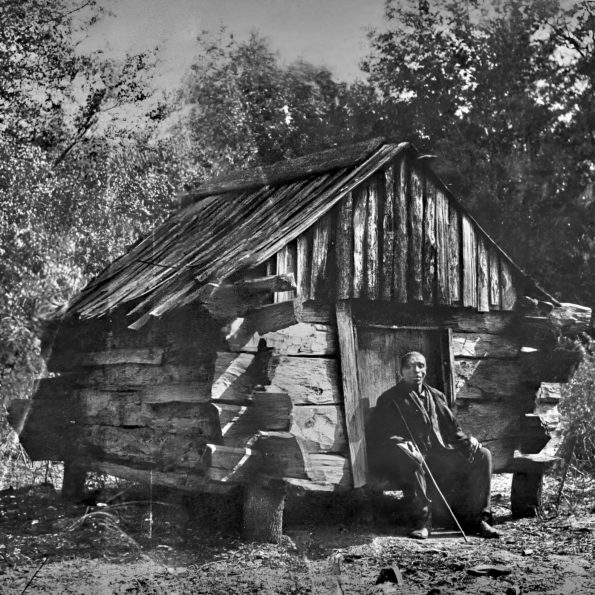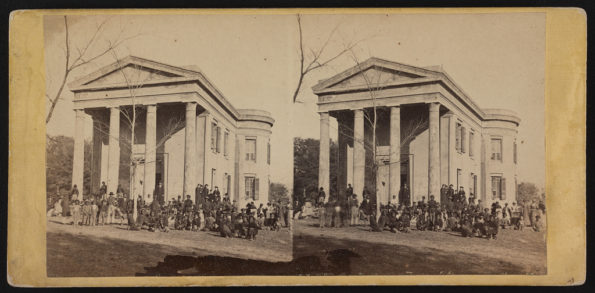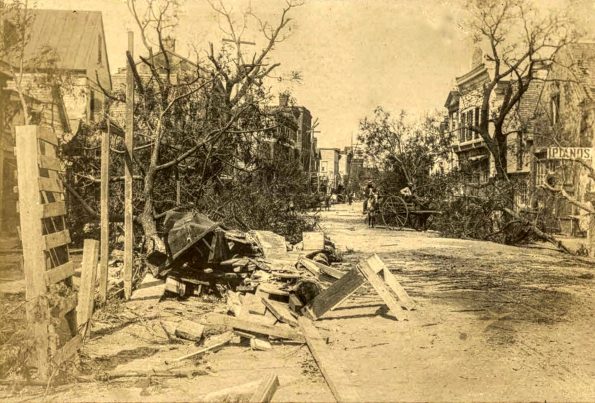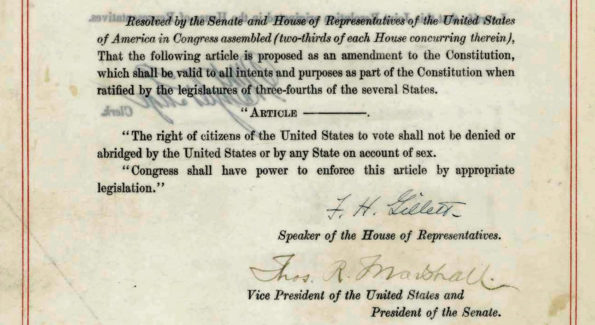Bill Riski is a retired USAF Officer and systems engineer. His hobbies include history, photography, writing, and travel. Maintaining this website is a labor of love for the Dataw Historic Foundation in the Lowcountry of South Carolina, where he and his wife now live.
The DHF is proud that we have artifacts found on Datha Island in the early ALCOA days that date back thousands of years. For example, in the display on the southwest wall of the History & Learning Center is a Paleo Indian Point that dates to 10,000 B.C. However, many have explored our area over the centuries. I recently learned from a young lady in Massachusetts that Charles Upham Shepard found an older and much larger item on St Helena Island in the 1800s; an American mastodon (Mammoth americanum) from the late Pleistocene era! This intact skeleton, found next door, pushes back our knowledge of this area by several thousand years, to at least 12,000 B.C.
Oak Island is a 32-acre natural beauty sitting next door to Dataw Island. Native Americans frequented the island about 1,000 years ago. Fast forward 800 years to the BB Sams / LR Sams plantation era, and it was an adventure spot for James Julius Sams and his brothers Horace and Donald. As Sea Island cotton took off as the “finest in the world,” BB Sams decided to build a system of dikes between Dataw Island, Oak Island, and the two marsh hummocks to the north (i.e., Pine Islands).
This week’s theme is HEIRLOOMS. The Dataw Historic Foundation is fortunate because the Sams descendants have entrusted us with several family heirlooms. This week features the story of two other items donated to the Foundation, a green silk taffeta Victorian gown and a shawl circa 1860. Ginny Hall-Apicella and BIll Riski recently presented the history of the dress to our Dataw Island residents.
The Event Natasha Boyd, the author of Indigo Girl, was the guest speaker at the Dataw Historic Foundation Author’s Luncheon in early April organized by Rosemary Patterson, DHF Publicity…
The Dataw Historic Foundation engaged Colin Brooker (Brooker Architectural Design Consultants) and Benjie Morillo (Frederick and Frederick Architects) to conduct a drone survey of historic features around Datha Island, particularly…
Thursday, November 19, 1863, at about 3 PM, as the sun broke through the clouds, President Abraham Lincoln gave his two-minute address to the 15,000 gathered for the dedication of the National Cemetery at Gettysburg, PA. We’ve all read it, studied it, and seen it (on the wall at the Lincoln Memorial in Washington D.C.) I’m going to discuss the Gettysburg Address in a moment. The most interesting part of his speech is often skimmed over, “..of the people, by the people, and for the people..” First, I thought a summary of the Sams family members who served in the Confederate States of America army would provide some interesting context for you.
This photo is of Brutus on Palawana Island, SC, circa early 1900s. The image is from Face of an Island: Leigh Richmond Miner’s Photographs of Saint Helena Island, compilation by…
Virginia B. Bartels summarizes the history of education in South Carolina very well. “Much of the 300-year history of our public schools is a tragic tale of fits and starts, marked at times by inspired leaders, but too often mired by problems of class, race, war, poverty, and geography.”
I believe receiving a good education is a primary reason so many Sams could rebuild their lives after the Civil War’s devastation. However, they received this education because they were lucky enough to be born into a family that could afford to pay for a good education in a time and in a place where this was not common. The sad state of childhood education in Beaufort in the antebellum era was not just about money. You may be surprised to learn that British tradition also played a vital, negative role.
Water in motion is beautiful—most of the time. But once in a while, it grows from a rising tide into a boiling hurricane. Water indeed defines much of the character of our Lowcountry. It flushes and nurtures the marsh. Defines the borders of our island. And pushes us away when a hurricane approaches.Most of you reading this know about the beauty of the waters around Dataw. It’s a contributing reason I live here. The “beast face” of water is fortunately seen less often. This week I’m going to tell you about, by far, the most massive hurricane this area has ever experienced—the hurricane of 1893. And I’m going to tell you a little know story of Ting Sams Colquhoun’s ancestors that met their death in that hurricane.
This article is in honor of our 19th Amendment, which changed our country dramatically.
The Amendment’s journey from Seneca, New York, to our U.S. Constitution was long and torturous. Dataw Island has four people connected to the Women’s Suffrage Movement: Sarah Barnwell Elliott, Kate Gleason, Fanny Sams Bell, and Conway Whittle Sams. Sarah was a women’s suffrage movement leader at the state and national levels. Kate was the great industrialist who purchased Dataw Island in 1927. Fanny was one of the millions of women across the nation who proactively worked for women’s rights. Conway, a lawyer in Virginia, was vehemently against giving women the right to vote!
William Sams fled with his family to the Beaufort area from Charleston in 1783. He left Charleston because of the Confiscation Acts of early 1782. They likely picked Beaufort due to family connections. As our past DHF president John Colgan might say, it was the second time the Sams were on the wrong side of history. But similar to the first time, this move was a blessing in disguise. The following 80 years would bring great wealth to Beaufort, South Carolina, and the Sams. This short article is about how we won our independence from Great Britain, seen through the lens of local South Carolina’s concerns and consequences.
